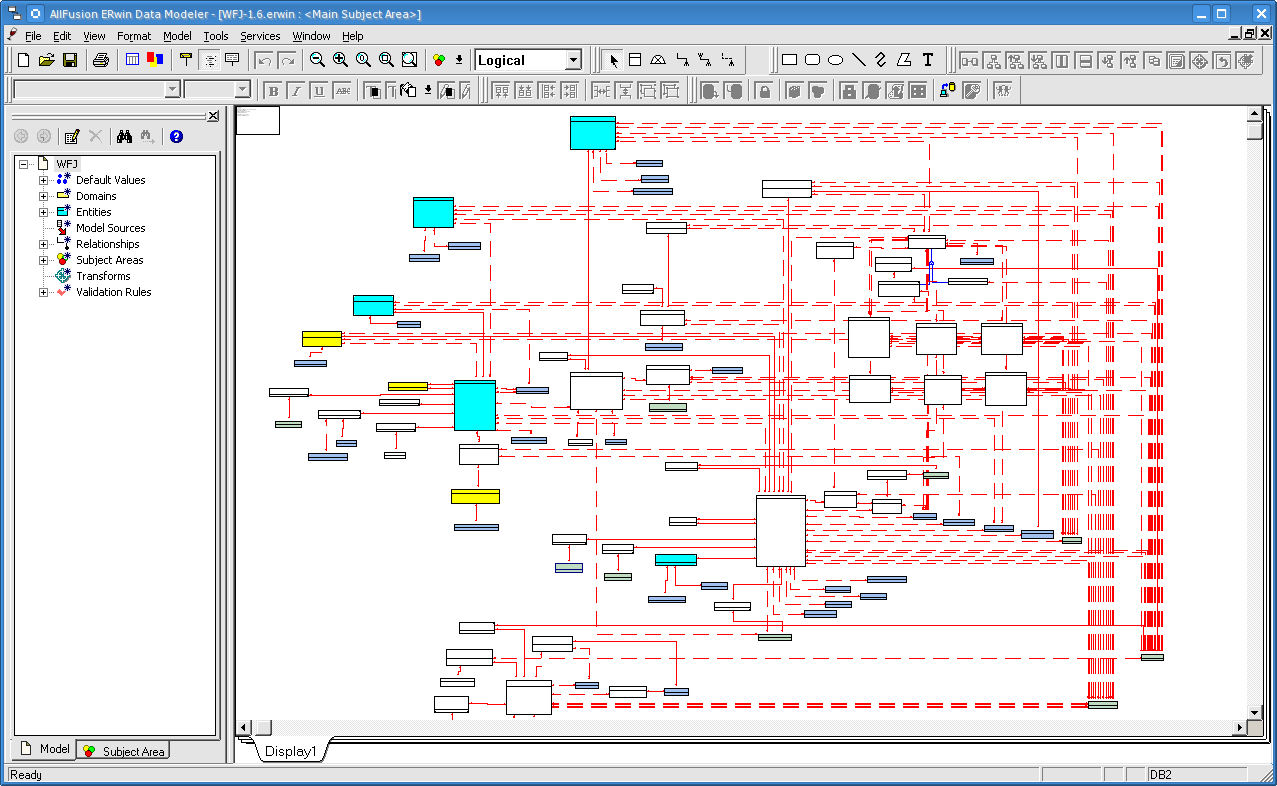

As for mechanized tunneling, Gladwell developed a moment-rotation relation for concrete hinges representing longitudinal joints. In the field of integral bridge construction, these guidelines were further developed by Mönnig and Netzel, Marx and Schacht, as well as by Morgenthal and Olney. This further promotes the ability of concrete hinges to develop relative rotation angles.Ĭurrent design guidelines for concrete hinges are based on pioneering developments of Leonhardt and Reimann. Both effects further reduce the effective bending stiffness of the neck. The corresponding concentration of bending deformation at the concrete hinge results, already under regular service loads, either in tension-induced cracking of initially monolithic necks, or in partial separation of segment-to-segment interfaces. Therefore, the bending stiffness of the neck is significantly smaller than the ones of the two connected reinforced concrete parts. Their cross-over point is typically at the center of the neck. Eventually a few pairs of crossed steel rebars (or bolts) run across a concrete hinge. supports in integral bridge construction and segment-to-segment interfaces of segmented linings used in mechanized tunneling.

They are unreinforced or marginally reinforced necks in reinforced concrete structures, such as, e.g. As for concrete hinges in frame-like integral bridge construction, it is concluded (i) that realistic simulation of variable loads requires consideration of the here-studied time-dependent behavior and (ii) that permanent compressive normal forces shall be limited by 45% of the ultimate load carrying capacity, in order to avoid damage of concrete hinges under sustained loading.Ĭoncrete hinges were invented by Freyssinet. bending-induced cracks progressively open and propagate under sustained eccentric loading. The structural creep activity under eccentric compression is significantly larger because of the interaction between creep and cracking, i.e.

Obtained material and structural creep functions referring to centric compression are found to be very similar. As for the latter two aims, three nominally identical concrete hinges are subjected to short-term and to longer-term eccentric compression tests. The experiments characterize material and structural creep under centric compression as well as bending-induced tensile cracking and the interaction between creep and cracking of concrete hinges. Material tests on plain concrete specimens and structural tests on marginally reinforced concrete hinges are performed. This is the motivation to study creep and bending-induced tensile cracking of initially monolithic concrete hinges systematically. Existing design guidelines for concrete hinges consider bending-induced tensile cracking, but the structural behavior is oversimplified to be time-independent.


 0 kommentar(er)
0 kommentar(er)
